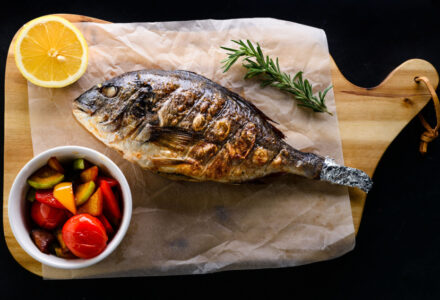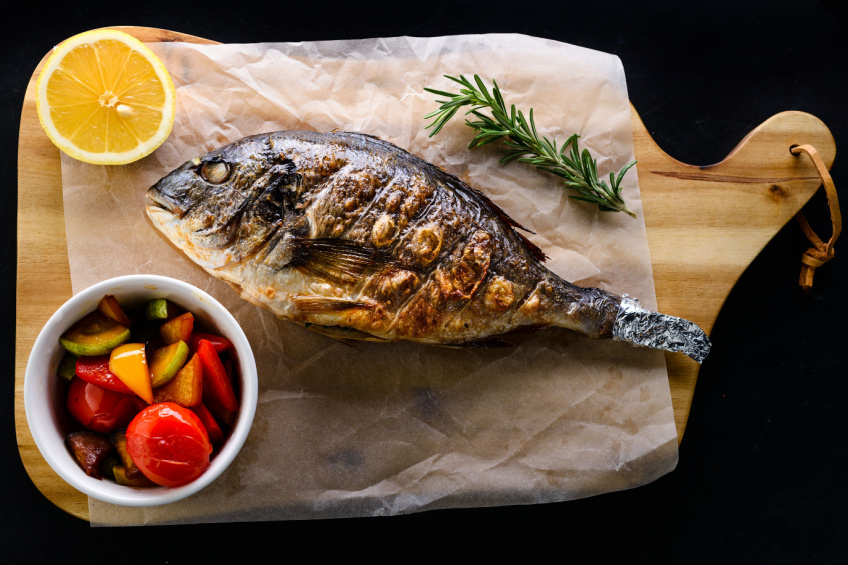
Grilling is a favorite pastime for many, but it’s essential to focus on health to make the most of this cooking method.
Choosing lean meats, trimming excess fat, and opting for vegetables and seafood can help reduce potential health risks associated with grilling.
Marinating meats not only enhances flavor but can also decrease the formation of harmful compounds.
Vegetables and fruits are excellent choices for a healthy grill.
They are rich in vitamins and minerals while being low in calories.
Grilled vegetables retain their nutrients and offer a delightful smoky flavor, making them perfect for everyone aiming for a balanced diet.
Maintaining the grill at the right temperature is crucial.
Preheat the grill adequately to cook food evenly and prevent it from burning, which can release undesirable chemicals.
Using a food thermometer ensures meats reach safe internal temperatures, adding to safer grilling practices and making meals healthier.
Understanding Grilling and Health

Grilling offers unique flavor but carries nutritional considerations and potential health risks.
Both these aspects are important to understand for making healthier choices.
Impact of Grilling on Nutrition
Grilling is known for enhancing the flavor of food by caramelizing its natural sugars and creating a crisp outer texture.
It allows excess fats to drip away, potentially lowering calorie content.
Lean meats and vegetables retain most nutrients when grilled, though high heat can reduce vitamin C and B.
Marinating can add antioxidants, benefiting nutrition further.
Employing a grill basket can prevent smaller items from direct flame contact, preserving integrity and nutrients.
Choosing diverse foods and employing moderate grilling temperatures can maximize nutritional advantages.
Risks Associated With Grilling
Grilling over high heat can create chemicals like heterocyclic amines (HCAs) and polycyclic aromatic hydrocarbons (PAHs).
These compounds form when fat drips on coals, generating smoke that deposits toxins on food.
To minimize these risks, grillers can use leaner meats, trim excess fat, and avoid charring.
Pre-cooking meats in a microwave for a short duration can reduce exposure to these risky compounds.
Additionally, maintaining a moderate cooking temperature and flipping items frequently helps limit harmful compound formation.
Using these methods provides a safer grilling experience.
Choosing the Right Grill
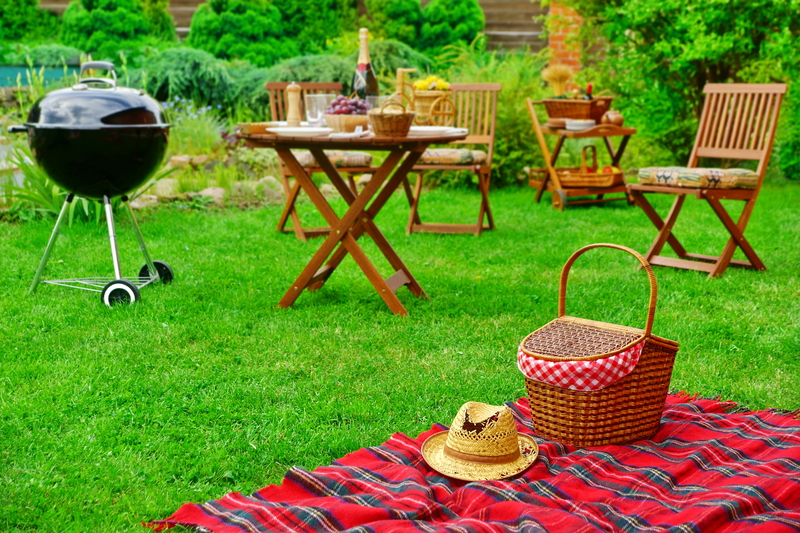
Selecting the right grill involves considering the features and advantages of different types.
Each grill type offers unique benefits, especially regarding fuel source and temperature regulation.
Benefits of Gas vs. Charcoal
Gas grills offer a significant advantage in terms of convenience and control.
They heat up quickly and allow for precise temperature adjustments.
Gas grills can reduce exposure to carcinogens found in smoke, as they generally produce less smoke than charcoal grills.
Easy cleanup is another plus, as there’s no ash to dispose of.
Charcoal grills, on the other hand, provide a distinct flavor that many grilling enthusiasts appreciate.
The smoky aroma and rich taste are irreplaceable for some.
Charcoal grills typically reach higher temperatures, which can be ideal for achieving a perfect sear.
While they require more effort to manage, the flavor payoff can be substantial for certain dishes.
Importance of Temperature Control
Temperature control is crucial for achieving optimal cooking results and ensuring food safety.
Gas grills shine in this aspect, with dial controls that make it easy to maintain a consistent temperature.
This precision helps prevent undercooking or burning food, which can be a concern with grilling.
Charcoal grills require a more hands-on approach for temperature management.
Vent adjustments and charcoal placement become essential skills for charcoal grill users.
While it may take more practice, mastering these techniques allows for a wider range of cooking styles.
It’s all about experience to achieve the right balance and create deliciously grilled meals.
Preparation of Food
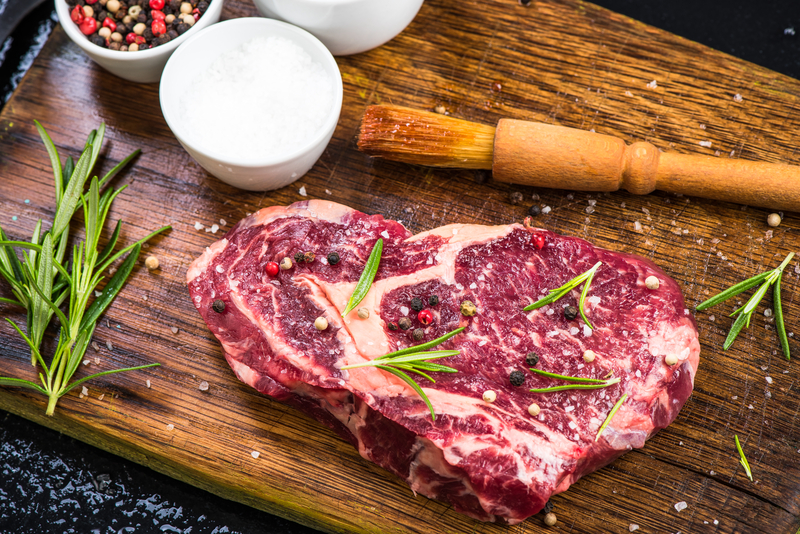
To ensure a healthy grilling experience, selecting the right ingredients and preparing them with care is crucial.
Using fresh, nutritious ingredients and adding flavors through thoughtful marination enhances both taste and health benefits.
Selecting Healthy Ingredients
Choosing the right foods for grilling involves picking lean meats and plenty of vegetables.
Opt for boneless skinless chicken, turkey, or fish as they are lower in fat compared to red meat.
Vegetables like bell peppers, zucchini, and asparagus are excellent choices due to their high nutrient content and grill-friendly nature.
Whole grains such as corn and whole wheat breads can complement grilled dishes.
Avoid processed meats like sausages, which tend to contain higher sodium and preservatives.
When possible, select organic or locally-sourced products to reduce exposure to pesticides and support sustainable practices.
Marination and Seasoning
Marinating foods before grilling not only enhances flavor but can also reduce the formation of harmful compounds such as heterocyclic amines.
Use olive oil or citrus-based marinades for healthy fats and flavor.
Incorporate herbs like rosemary, thyme, or oregano to add antioxidants without extra calories.
Keep sodium levels in check by avoiding pre-packaged marinades and relying on natural flavor enhancers like garlic and ginger.
Allow meats to marinate for at least 30 minutes to infuse flavor and tenderize.
This step also improves texture and juiciness, making your grilled dish both delicious and nutritious.
Grilling Techniques
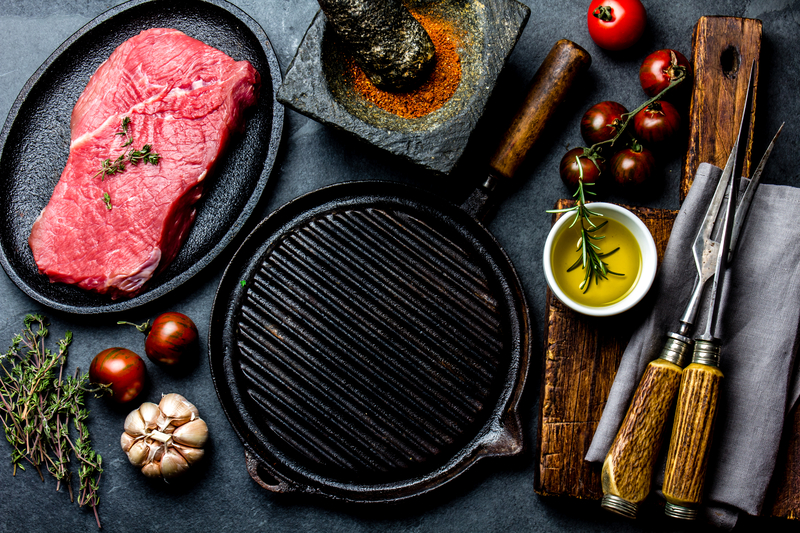
Grilling offers two primary methods: direct and indirect cooking.
Understanding how to manage time and temperature ensures even cooking, while foil and cookware can enhance taste and maintain moisture.
Direct vs. Indirect Grilling
In direct grilling, food is cooked directly over the heat source, suitable for items that take less time like burgers, steaks, and vegetables.
This method sears the exterior, creating a flavorful crust.
Direct grilling requires high heat and frequent turning to prevent burning.
Indirect grilling involves placing food away from the heat source, ideal for larger cuts like roasts or whole chickens.
This method mimics an oven’s effect, allowing foods to cook through without charring.
It requires a longer cooking time and lower heat, with the grill lid closed to maintain consistent temperature.
Managing Cooking Time and Temperature
Maintaining the right temperature is crucial for effective grilling.
High heat (450-550°F) is used for quick-cooking items like steaks.
Medium heat (350-450°F) suits longer-cooking items like chicken breasts, while low heat (250-350°F) is best for slow-cooked, larger pieces.
A grill thermometer aids in achieving the desired heat level.
Preheating the grill ensures that food cooks evenly from the moment it hits the grates.
Keeping the lid closed maintains consistent heat and reduces flare-ups by limiting oxygen supply.
Use of Foil and Cookware
Wrapping vegetables or fish in foil traps steam, preserving moisture and enhancing flavors.
This technique is especially useful for delicate items that can dry out easily.
Grill baskets and mats offer another level of control, preventing small foods from falling through grates while allowing smoke to circulate around them.
They are reusable and provide even heat distribution, enhancing texture and flavor.
Cast iron skillets and griddles are specialized grill cookware add versatility.
One great option is this Lodge Cast Iron Round Griddle.
This versatile pan provides excellent heat retention and even cooking, making it ideal for pancakes, eggs, or searing meats on the grill.
Its robust construction ensures long-lasting durability and performance.
Food Safety Measures
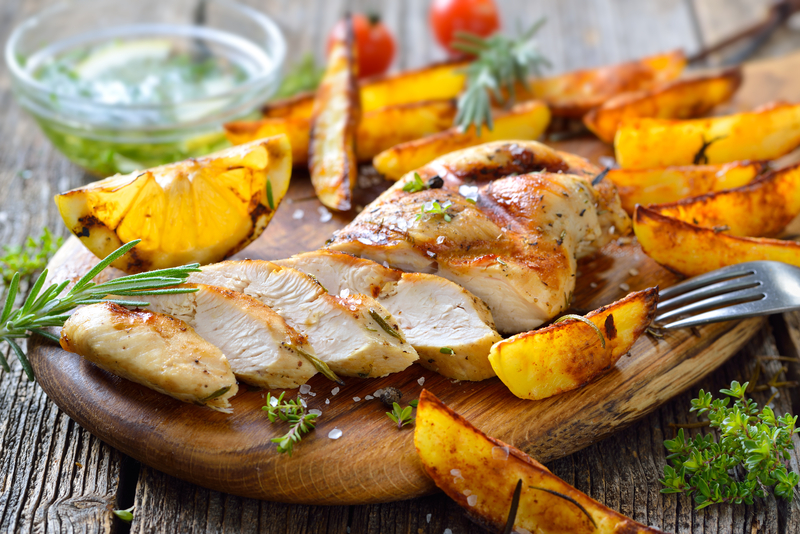
Grilling can be a healthy cooking method, but it requires attention to food safety measures like cross-contamination, raw meat handling, and ensuring safe internal temperatures.
Avoiding Cross-Contamination
Cross-contamination is a significant risk when grilling.
To minimize this, designate separate areas for raw and cooked foods, and use different utensils and plates for each.
Implement a system with separate cutting boards for raw meat and other ingredients, and consider color-coded options for easy identification.
Always wash your hands thoroughly after handling raw meat, and clean all surfaces and tools with hot, soapy water.
Maintaining these practices reduces the risk of harmful bacteria spreading to cooked items or other foods.
Proper Handling of Raw Meat
Handling raw meat with care is essential for safety.
Keep it stored at appropriate temperatures, ideally below 40°F (4°C), until ready to cook.
Avoid leaving meat out at room temperature for extended periods.
Marinate meat in the refrigerator, not at room temperature, and discard used marinades to prevent bacterial growth.
Wearing gloves or using utensils when handling raw meat can help minimize direct contact.
These strategies help in reducing the likelihood of bacterial contamination.
Safe Internal Cooking Temperatures
Cooking meat to safe internal temperatures ensures harmful bacteria are eradicated.
Use a reliable meat thermometer to check these temperatures.
Poultry should reach 165°F (74°C), while ground meats, like beef or pork, should be at least 160°F (71°C).
Steaks, chops, or roasts of beef, pork, or lamb should reach a minimum of 145°F (63°C), with a rest time of three minutes.
This resting period helps juices redistribute and continues to kill harmful bacteria.
Following these guidelines helps in achieving food safety and ensures grilled meals are both delicious and safe to eat.
After Grilling Practices
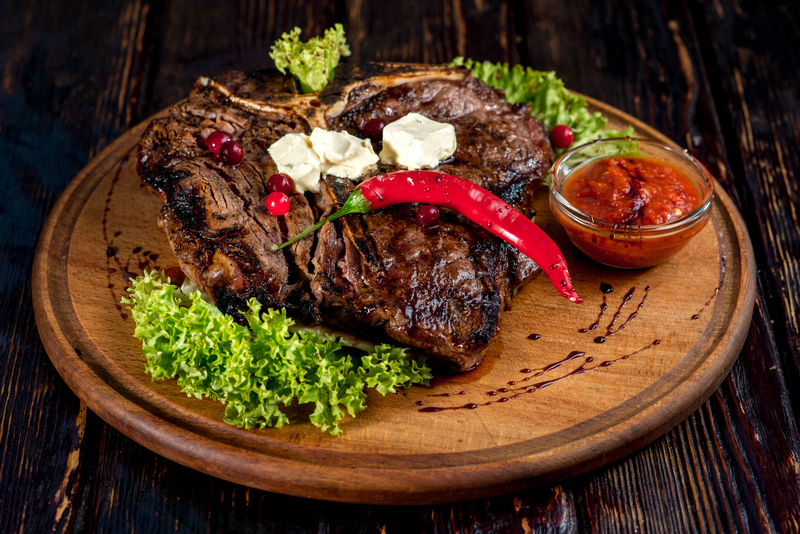
After grilling, maintaining the quality and safety of the food is essential.
Key practices include resting the meat to retain juices and safely handling any leftovers to prevent spoilage or contamination.
Resting the Meat
Allowing the meat to rest after grilling is crucial for optimal flavor and texture.
Resting helps the juices redistribute throughout the meat, ensuring a juicy and tender result.
Rest times vary: steaks and chops may need about 5-10 minutes, while larger cuts like a roast can benefit from resting for 15-20 minutes.
Cover the meat loosely with aluminum foil to keep it warm without causing the exterior to become soggy.
Resting also allows the internal temperature to stabilize, which is important for both safety and enjoyment.
It completes the cooking process gently.
Overlooking this step can result in a loss of moisture when slicing, as the juices quickly escape, leaving the meat dry and less flavorful.
Handling Leftovers
Properly managing leftovers maintains freshness and ensures safety.
Once the meal is over, transfer leftovers to airtight containers promptly to prevent exposure to air and contaminants.
It’s best to refrigerate them within two hours of cooking, or within one hour if the ambient temperature exceeds 90°F (32°C).
Label containers with the date to track freshness easily.
Consume refrigerated leftovers within 3-4 days to minimize the risk of foodborne illnesses.
For longer storage, consider freezing leftovers, which can keep them safe and suitable for consumption for several months.
Always reheat leftovers thoroughly to an internal temperature of 165°F (74°C) before eating, using a food thermometer to verify.
This step ensures that any potential bacteria are effectively eliminated.
Maintenance of Grill Equipment
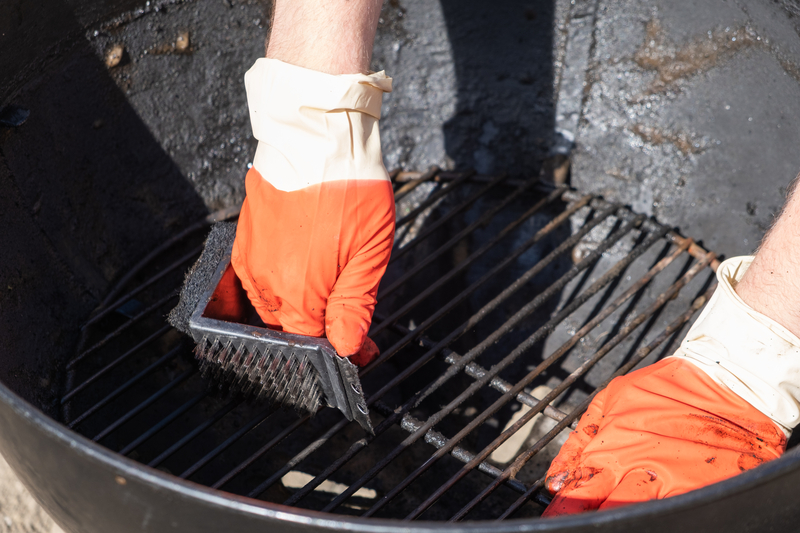
Proper maintenance of grill equipment ensures longevity and optimal performance.
Regular cleaning helps prevent the buildup of harmful residues, while inspecting parts for wear and damage keeps the grill safe and functional for cooking.
Regular Cleaning
Frequent cleaning of the grill is essential to maintain its efficiency and safety.
Grates should be scrubbed with a wire brush after each use to remove food particles and grease.
For more thorough cleaning, removal of the grates for soaking in warm, soapy water is recommended.
Burner tubes need clear openings to ensure even heat distribution, requiring checks for clogs or obstructions.
Exterior surfaces of the grill should also be kept clean.
Use a damp cloth to wipe the exterior after each use, removing any grease splatters.
For tougher stains, a mild detergent solution may be used.
Ensuring the grill cover is intact and fitted is important for protection from weather elements, preventing rust and damage.
Those utilizing charcoal grills must ensure the ash catcher is emptied and cleaned regularly to prevent blockage and overflow.
Inspection for Wear and Tear
Inspecting the grill for wear and tear involves checking critical components regularly.
Grates and burners should be assessed for signs of rust or corrosion, as these can affect cooking performance and safety.
Replacing rusty components is crucial to avoid contamination of food.
Hoses and connections in gas grills should be checked for leaks and cracks.
A solution of soapy water can be applied to joints and hoses to test for gas leaks.
Ignition systems also need periodic testing to ensure they function properly.
Electrical connections should be inspected to prevent hazards.
Regularly inspecting handles and knobs for stability helps prevent accidents during use, maintaining both safety and function of the grill.

